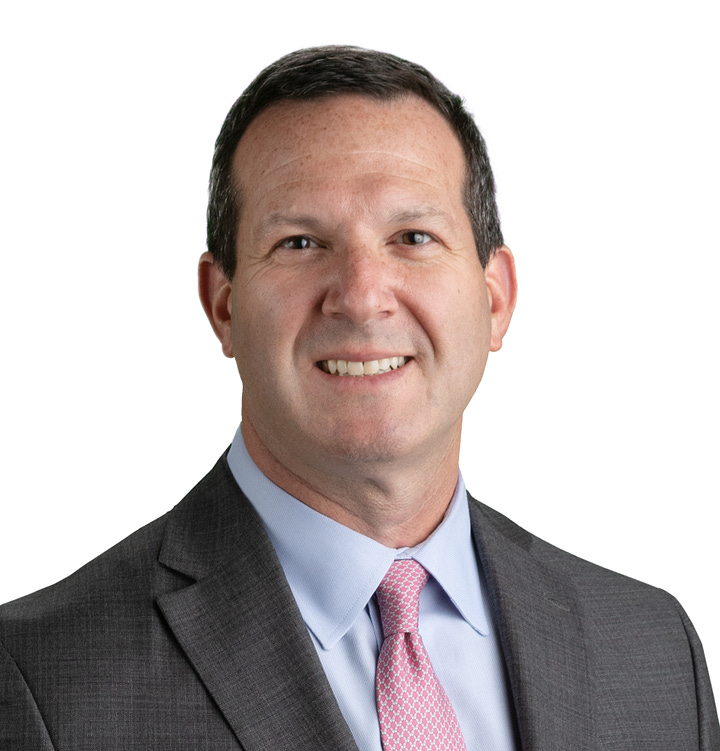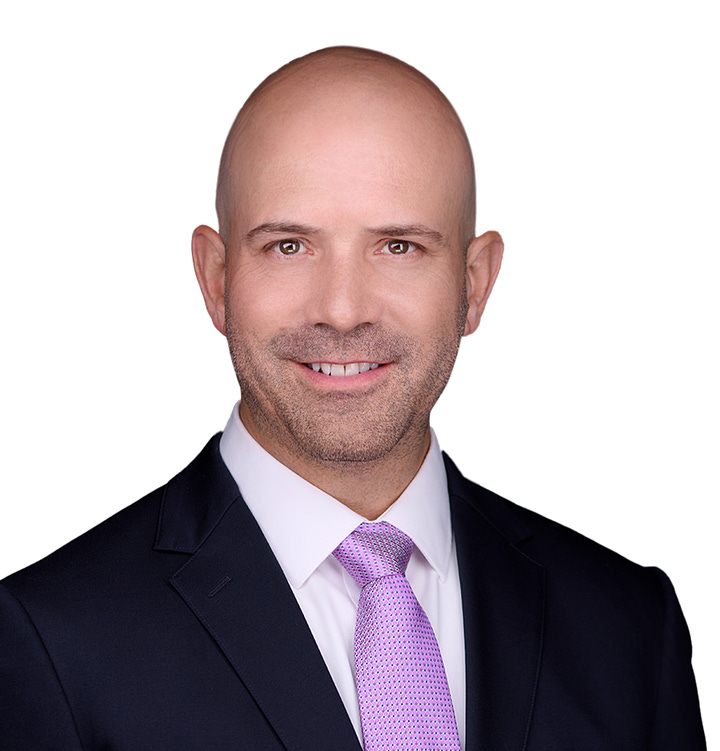💥Notice of Appearance💥
Jason Cohen + Tom Studebaker, Managing Directors at Portage Point Partners


This week we dust off our “Notice of Appearance” segment and welcome a joint entry by two gentlemen from Portage Point Partners (“Portage Point”): Jason Cohen, Managing Director and Head of Investment Banking and Tom Studebaker, Managing Director and Co-Head of Turnaround & Restructuring. That’s right, we’ve got a banker and a restructuring advisor here…


